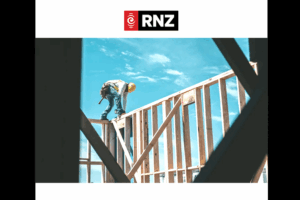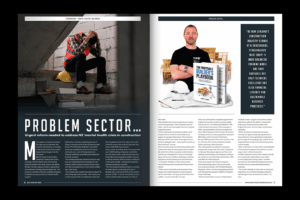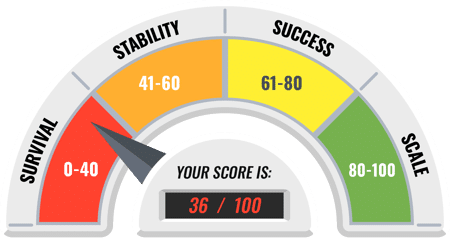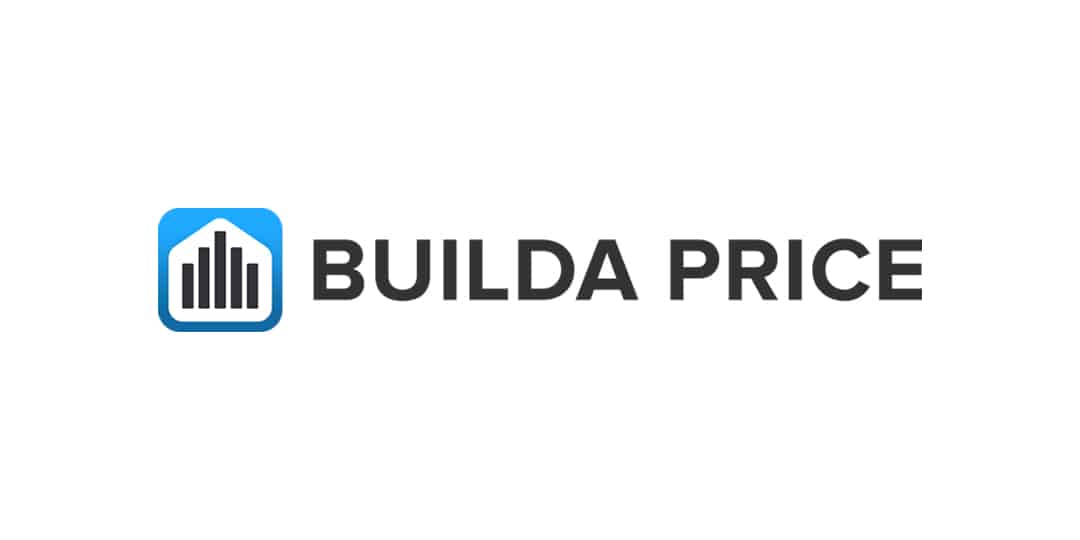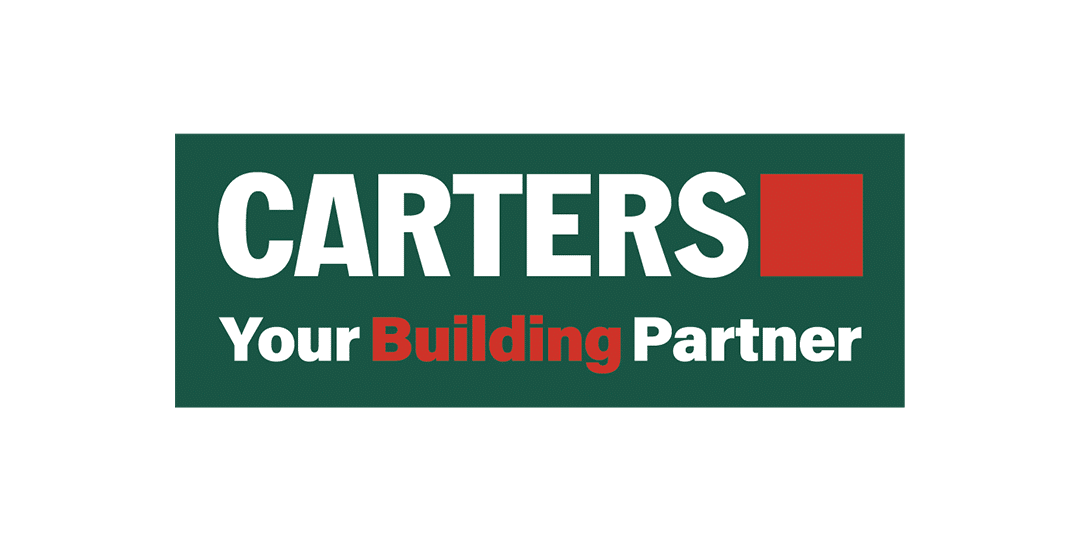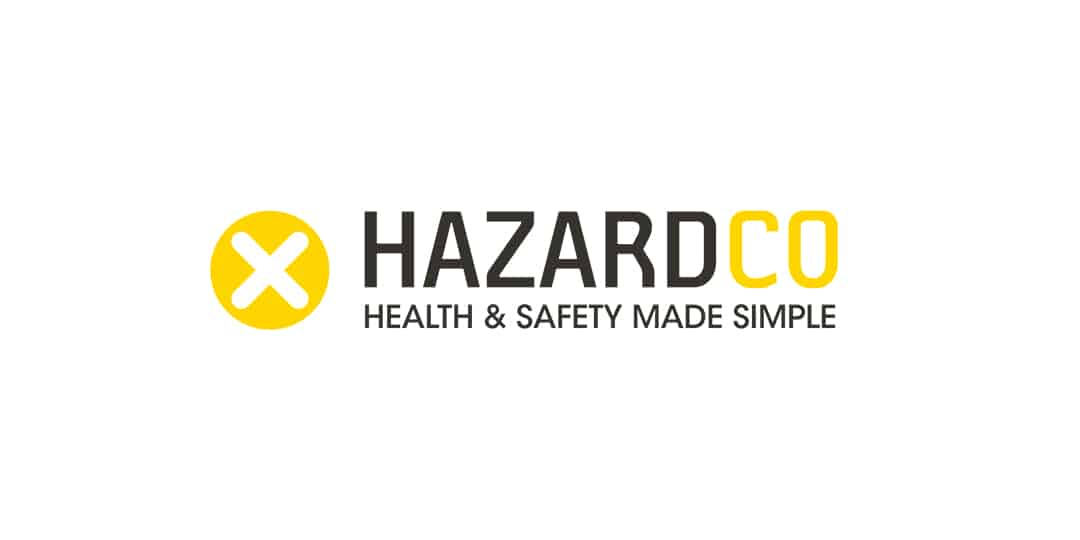
More needs to be done to address the high rates of suicide in the construction industry, according to the head of one of the world’s largest mentoring services for the sector, Marti Amos.
His company, The Professional Builder, says recent research shows New Zealand’s construction sector is facing a mental health crisis, with suicide rates 25 percent higher than other sectors and Māori, Pasifika, female, migrant workers, apprentices and labourers among those at higher risk.
This is due to a number of factors including financial instability, low pay and lack of mental health support, according to 2024 BRANZ research.
Amos (Ngapuhi), a former marketing lecturer at Otago University and the New Zealand-based head of The Professional Builder (TPB), says in a statement these issues are amplified by the industry’s boom-and-bust cycle, cost-of-living crisis and a training model that prioritises trade skills over business acumen, [2024 BRANZ research].
He says Kiwi tradespeople are trained to excel on-site, but “they are underprepared to manage the multimillion-dollar business aspects of their work, with dire consequences for their mental wellbeing”.
“Our construction workers account for about seven percent of working-age male suicides – with nearly one worker losing his life to suicide each week – and the avoidable burden and impact of suicide in the NZ construction industry has been estimated at $1.1 billion per annum,” he says.
Amos, whose coaching service has supported more than 2,500 building companies worldwide over the past 21 years, says the growing mental health crisis among Kiwi builders requires a radical overhaul of the country’s traditional construction model – with greater emphasis on financial literacy a priority.
“The New Zealand building industry is seeing its lowest levels of annual growth over a decade with a rate of just 0.6 percent in the second quarter of 2024 – a factor that is likely to exacerbate mental health concerns for many in the trade.
“Kiwi builders have been taught how to create outstanding projects, they’re brilliant with the tools – but no one has taught them how to build a great business.”
Amos says his concerns extend beyond the daily operational stresses that plague many builders.
He says that without a proper understanding of financial management, many are left grappling with cashflow challenges, working long hours and sacrificing their personal lives – a situation that has, in many cases, led to overwhelming stress and deteriorating mental health.
“When you’re constantly worrying about how to pay your subcontractors or secure payroll for the next week, it isn’t just your business that suffers – it’s your whole life.”
Amos says demand for targeted support from builders around the world is growing rapidly and his service, The Professional Builder (TPB), which started with a team of three people in 2004, has expanded to 56 and is projected to reach 100 employees within the next 18 months. Company revenue is also projected to double to $30 million in that time.
He says TPB operates in five main countries: the US, Canada, the UK, New Zealand and its fastest growing market – Australia.
The company has launched an expansion programme to grow the US market, with plans to increase its physical presence there and establish partnerships with hardware wholesalers, similar to its relationships with Carters, ITM and Mitre 10 in New Zealand.
As part of a move to improve financial management in the sector Amos has authored a book, The Profitable Builders Playbook, which is aimed at equipping builders with the business acumen needed to navigate these challenges.
“What we need is to implement business training into apprenticeship programmes to ensure that our future generations of builders are as adept at managing large-scale financial responsibilities as they are at delivering quality craftsmanship.”
“As New Zealand’s construction industry stands at a crossroads, stakeholders must adopt a more balanced training model – one that nurtures not only technical excellence but also financial literacy and wellbeing.”
See the full article here: https://management.co.nz/magazines/management-digital-issue-july-2025#6


